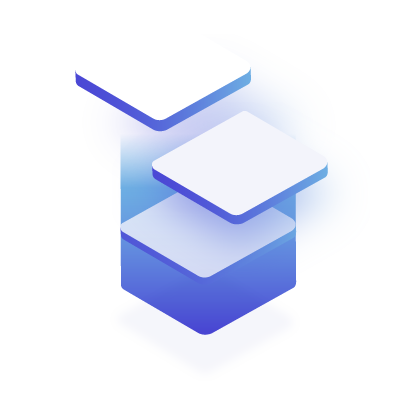End User Experience Management
Crowd source data across your organisation and organise employees/machines into regions/groups/teams etc to identify and troubleshoot issues, develop baselines, detect anomalies and poor performance, view trends and identify areas to improve performance.
User Experience Management
Key Features:

Real-time Analytics
Monitor end user interactions with applications and devices in real time. MIVU’s real-time analytics provide immediate insights into user experiences, allowing you to address issues as they occur and ensure a smooth digital experience for your employees.

User Sentiment Analysis
Collect feedback directly from users to understand their experiences and identify areas for improvement. MIVU’s user sentiment analysis helps you gauge employee satisfaction and address pain points, leading to a more productive and satisfied workforce.

Automated Remediation
Quickly address issues with MIVU’s automated remediation features. This capability allows you to resolve common problems automatically, reducing the burden on your IT support team and ensuring that users can continue their work with minimal interruption.

Comprehensive Dashboards
Create customizable dashboards that correlate data from multiple sources to provide a holistic view of end user experiences. These dashboards help you monitor key performance indicators and make informed decisions to improve the overall digital workspace.
Assess Campus and Branch Infrastructure
Is your campus and branch infrastructure sufficient for the modern-day workplace?
The Covid-19 pandemic has fundamentally changed the way organisations operate. As more companies transition from onsite workflows to cloud-based systems, it is crucial to understand the impact on your infrastructure.
Wifi Experience Signal Strength
- Measure the strength of the wifi signal to ensure reliable connectivity.
- Noise: Monitor interference that can affect wifi performance.
- AP Information: Gather data on access points to optimise placement and performance.
- SSID/BSSID: Track and manage your network identifiers for better control.
Local Gateway Latency
- Assess the delay in data transmission through your local gateways to ensure efficiency.


Monitor Response Times for Business-Critical Applications
Response times are critical to establishing the performance of your business workflows and applications.
Enhancing employee performance and productivity is a key driver for organisational change. Providing highly performant systems is imperative to avoid productivity losses, such as the infamous “spinning wheel” delays.
Synthetic Transactions
- Use synthetic transactions to simulate user interactions and measure response times to critical destinations.
- TCP: Track response times to critical network destinations to identify and resolve latency issues.
DNS Monitoring:
- Ensure your DNS services are operating efficiently to prevent delays in resolving domain names.
Round Trip Times
- Measure the time taken for data to travel to a destination and back to evaluate network performance.
Ensure Optimal Performance of IT Assets
Understanding the performance of your IT assets and ensuring continuous maintenance allows your employees to achieve optimal performance.
Resource Monitoring
- Keep track of your IT assets to ensure they are operating at peak efficiency.
- Machine Stats: Monitor critical metrics such as CPU usage, memory, and storage.
- OS Versions: Ensure all machines are running the latest operating system versions for security and performance.
- Packages Installed: Track installed software packages to maintain compliance and optimise performance.

Mivu
Benefits

Improved Productivity

Faster Issue Resolution

Better Resource Allocation

